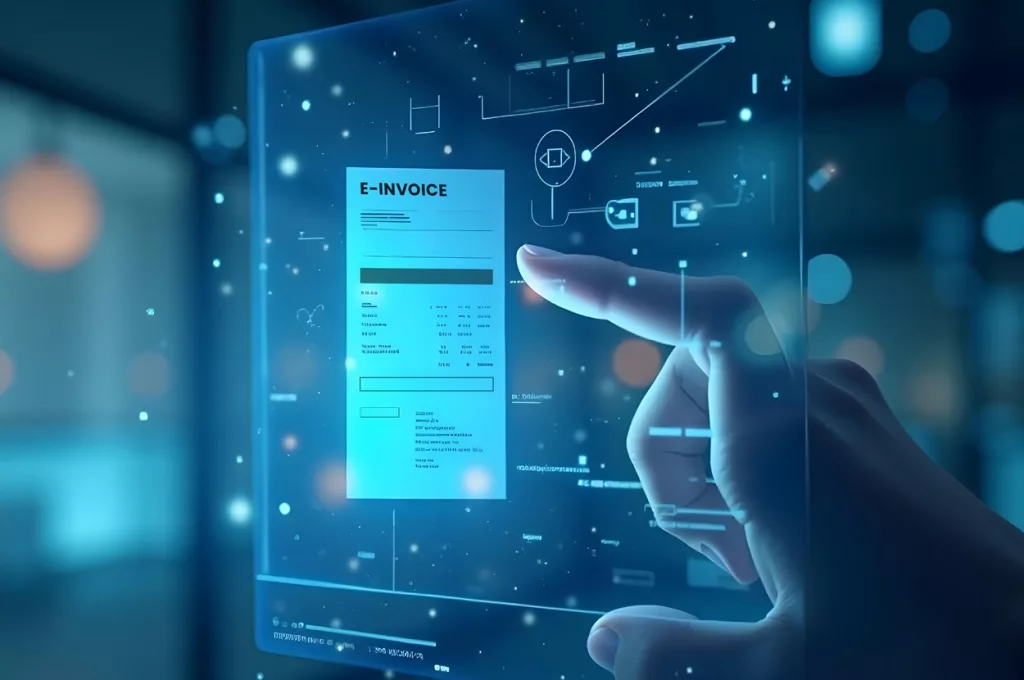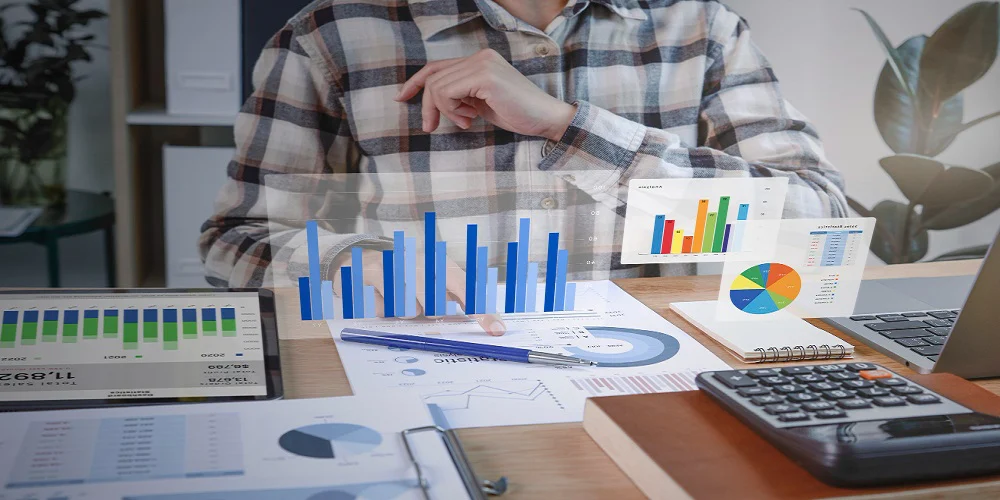Since the UK officially left the EU, VAT reporting in the UK has shifted from a relatively standardized process under EU rules to a more fragmented and country-specific obligation.
UK companies that previously benefited from simplified intra-EU VAT regimes now have to deal with many things for UK filings, like
- Import VAT
- Country-specific VAT registrations in the EU
- Adapt to Making Tax Digital (MTD) requirements
For example, if you run a UK-based e-commerce business selling to customers in the EU, you’ve now got a few different ways to handle orders, and each one comes with its own VAT rules. You might use the Import One Stop Shop (IOSS), ship straight from your UK warehouse, or send products from a fulfillment center based in the EU. Whichever route you choose, the VAT treatment changes. Your invoices, customs paperwork, and VAT returns all need to match up. If they don’t, you risk delays at customs or penalties from tax authorities — and that can easily turn into a mess if you’re dealing with high order volumes.
These aren’t minor adjustments. They require:
- System-level changes
- Better understanding of post-Brexit UK VAT Laws
- Correct treatment of import/export transactions with the EU.
- Accurate real-time reporting
- Complete visibility across accounting, ERP, and logistics platforms
Let’s discuss what exactly changed, where the risks are, and what actions you need to take in order to remain compliant and precise in your UK VAT filings.
Understanding the Current UK VAT Framework
The UK’s separation from the EU enabled it to change its VAT system, which now impacts all imports, exports, and reporting for every type of business.
Key points to keep in mind:
- UK VAT is now a standalone system separate from the EU VAT framework.
Goods imported or exported to the EU
- Goods Imports from the EU are treated the same as non-EU imports and subject to UK import VAT to be paid while entering the UK or deferred via postponed VAT accounting (PVA), where it can be declared and paid in VAT return
- UK businesses exporting goods to the EU are considered zero-rated, provided that UK businesses must handle export declarations, but the buyer in the EU might have to pay import VAT,
Services imported or exported to the EU
- For the B2B services provided by UK businesses to EU businesses are charged based on where the customer is located and not from where the supplier is located i.e. EU customer has to self bill and pay tax under RCM also the UK business should be aware of EU VAT rules and UK invoice has to be issued with customer’s EU VAT number and bill mentions RCM applicable and No UK VAT charged.
- For the B2C services from the UK to EU customers, UK VAT applies; however, there are many special rules for various specific services that UK businesses have to be aware of.
Digital Services
- UK businesses selling digital services to EU consumers must register for the VAT Mini One Stop Shop (MOSS) in an EU member state or charge VAT in each EU country where customers are based.
- If you’re unsure which scheme applies to your business, it’s essential to check HMRC’s latest guidance here.
How Brexit Changed VAT Reporting UK
Here’s a quick look at how things used to work vs. now:
| Aspect | Pre-Brexit | Post-Brexit |
| EU Sales | Treated as intra-community supply | Now treated as exports |
| EU Purchases | Acquisition VAT applied | Import VAT applicable |
| MOSS Scheme | EU VAT MOSS was used for reporting digital services | the The UK must charge VAT per EU country and have a representative Or Register for the Non-union VAT MOSS scheme in an EU member state |
| VAT Filing System | Used HMRC’s VAT system, integrated with EU-wide requirements | Handled fully through HMRC, using MTD compliant software |
These changes mean even simple transactions now require more documentation and more accurate VAT handling.
Real Challenges That UK Businesses Face
Even in 2025, many UK companies are struggling with:
- Multiple entities filing VAT returns independently
- Separate VAT rules for Northern Ireland
- Tracking VAT thresholds in real-time
- Lack of visibility across the finance team
- Customs and documentation complexities
- Failing to register in an EU member state (if required)
- Non-compliance with MTD
Further, UK government has released the consultation paper on E-invoice so e-invoicing will be applicable for UK businesses in near future adding additional challenge of imparting e-invoicing regulatory knowledge, integrating e-invoicing solution and ensuring alignment of operational workflow.
If your business operates across borders, has over 500 monthly transactions, or deals with sector-specific rules (like retail or digital services), then manual methods simply won’t cut it.
In fact, tax compliance costs small businesses nearly £25 billion a year, while three in five small business owners say dealing with HMRC has increased their personal stress, according to a report by the Federation of Small Businesses (FSB). That’s time that could be spent on more strategic finance operations.
VAT Reporting UK: Common Mistakes Businesses Make
Many UK businesses are still catching up with the post-Brexit VAT changes. Some of the most frequent issues include:
- Submitting returns using outdated rules.
- Incorrectly treating EU sales as domestic.
- Failing to account for import VAT correctly.
- Using manual processes prone to human errors.
As of January 1, 2023, VAT-registered companies are receiving a £200 fine from HMRC once they reach their late-submission point threshold. It is typically 4 points for quarterly returns, 5 for monthly, or 2 for annual submissions.
The only way to avoid penalties now is to have a system that actually pulls in VAT data from everywhere you operate — and keeps it clean and correct every time you file.
Key Steps for Preparing for UK VAT Returns
- Data Collection
- Ensure VAT data is captured correctly at source (sales, purchases, imports).
- Validate VAT codes against transaction types.
- Data Cleaning & Mapping
- Reconcile data from all systems.
- Flag missing or mismatched entries.
- Return Preparation
- Apply the correct VAT treatment based on current rules.
- Check thresholds, schemes, and reverse charge applicability.
- Submission & Archival
- Use HMRC’s MTD compatible submission interface.
- Maintaining digital records is essential for audits and compliance checks.
These processes need to be completed for each VAT time period. Skipping steps increases the chances of penalties and rejected submissions.
VAT Reporting UK: What to Consider When Choosing a Tool?
A good VAT software tool should help you manage complexities, not add to them. Here’s what to look for:
- Seamless ERP integration (SAP, Oracle, MS Dynamics, etc.)
- Multi-country compliance support
- Cloud-based interface for anytime access
- Audit trail and version control features
- Direct HMRC connectivity for digital submissions
For businesses that have complex data spread across systems, using such a tool helps standardize and simplify VAT reporting in the UK.
Further, as stated above, the UK government will soon introduce e-invoicing, Cygnet, being a pioneer in facilitating e-invoicing and VAT compliance solutions across the globe is well-positioned to support businesses in achieving compliance. Our proven ability to integrate VAT compliance with e-invoicing ensures an end-to-end solution, enabling seamless adherence to compliance requirements.
The Role of Automation in Reducing Risk
Relying on spreadsheets or manual uploads to HMRC portals increases the chance of error. To manage VAT reporting in the UK more accurately and quickly, many businesses have shifted to automated systems.
Benefits of VAT automation:
- Data is pulled directly from your ERP, POS, or accounting systems.
- Returns are prepared with real-time validations.
- Multi-country VAT rules can be applied in one central platform.
- Digital submission directly to HMRC is possible.
A major UK accounting firm faced these issues firsthand. They were manually preparing over 100 returns every quarter using spreadsheets. The process took weeks and involved frequent back-and-forth checks. After implementing a central UK VAT operations platform, they:
- Reduced preparation efforts by 60%.
- Improved data accuracy by automating checks.
- Cut down VAT-related client queries by 40%.
Read full case study here.
Benefits of Getting VAT Right the First Time
Handling UK VAT correctly is not just about avoiding penalties. When reporting is structured well:
- Cash flow planning improves
- Refunds are processed faster
- Audits become easier to handle
- Your finance team spends less time fixing issues
The Bottom Line!
Post-Brexit, the rules around VAT reporting in the UK are not static. They change regularly and demand a stronger internal process. Getting ahead of VAT complexity means clean data systems and a concise understanding of requirements.
Large businesses or firms with multiple subsidiaries know that keeping up with changing UK VAT regulations these days is akin to having a second job. For smaller businesses, there is no time to waste.
Your business becomes less susceptible to incurring fines if you can integrate proper systems and clean data. So, if your team is still entering data manually, consider adopting automation.
The sooner your system is up to standard, the less you’ll worry about the next deadline.











